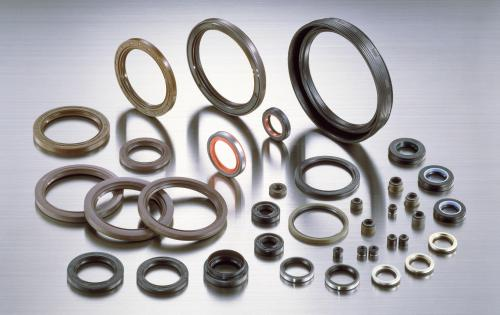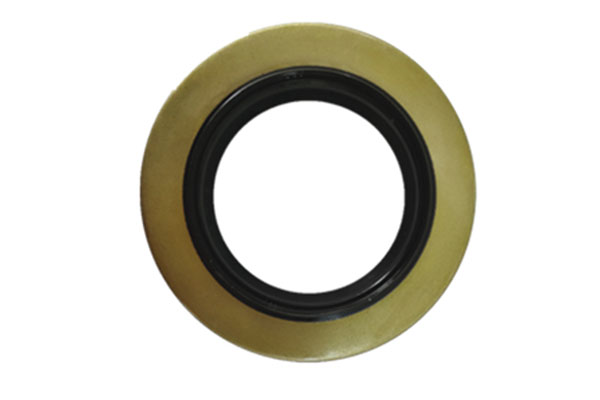
When an engine oil seal starts leaking, it can cause messy oil leaks. It can also lead you to bigger problems if not addressed. This is where you should think about replacing the oil seal as soon as possible. Replacing an oil seal often requires knowing the correct measurements to get the right replacement part. Here is a step-by-step guide on how to properly measure an oil seal.
What You’ll Need:
•Flashlight
•Clean rag
•Calipers
•Tape measure
•Notepad and pen
1.Identify the Oil Seal Location
First, identify where the oil is leaking from. Common places oil seals leak are:
Front and rear crankshaft seals
Camshaft seals
Valve cover gaskets
Oil pan gaskets
Inspect the area closely with a flashlight and rag. Determine where exactly the leak originates from. This will be your oil seal that needs replacement.

2.Clean the Area
Thoroughly clean the area around the seal with your rag or solvent to remove built-up oil and debris. This will allow for easier access and visibility for taking measurements. Make sure the area is completely dry before measuring.
3.Measure the Outside Diameter
Using your calipers, measure across the outermost diameter of the oil seal in millimeters. This is the oil seal’s outer diameter that will need to match the replacement seal you buy. Write this measurement down in your notes.
Take the measurement even with any raised lettering or markings visible on the seal.
4.Measure the Inside Diameter
Next, measure across the inner diameter or shaft opening in the center of the seal. Oil seals have a flexible lip on the inside that creates a tight seal around rotating shafts, so this inside diameter measurement is critical to get right.
Carefully measure the inner shaft opening and record the inside diameter in your notes as well in millimeters.
5.Determine the Seal Width
The width of an oil seal also varies depending on the application. Measure the total width including any rubber flange or mounting hardware in millimeters. Write down the width measurement with your other readings. This helps determine if the seal needs a standard or oversized replacement width wise.
6.Identify Any Special Features
Note any unique features or irregularities of the oil seal such as holes, notches, locking devices or uneven flange widths. These key details need special attention when selecting the correct replacement seal.
Make sketches if necessary so you remember these important features for an accurate replacement down to very precise details.
7.Cross Reference with Catalogs
Using the measurements you recorded for outside diameter, inside diameter, width and special features begin cross referencing catalogs and compatibility charts to select the proper replacement oil seal.
Most auto parts stores have extensive cataloging systems to help you zero in on the exact right seal using your measured criteria. Don’t estimate or substitute – machine tolerances are so tight. As a result, you need a precise replacement seal.
Get Your Oil Seal from NSAR Bearings
Once you have the measurements, you can visit our website at NSAR Bearings and buy the replacement oil seal. We offer both rubber oil seals and custom oil seals for numerous machineries. If you have a custom requirement to get an oil seal, we can accommodate it as well. Feel free to get in touch with our team and learn more about what we offer.


